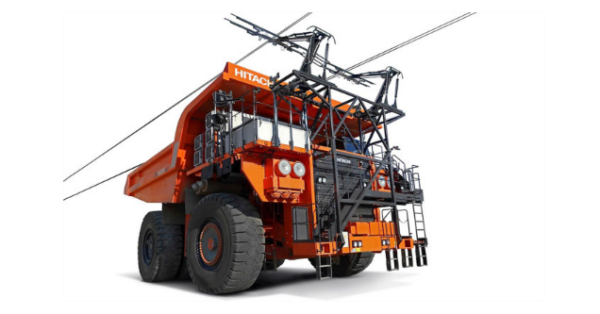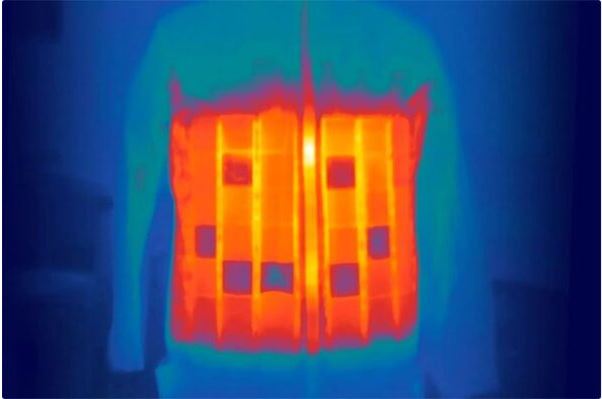Hitachi’s battery-powered super-large dump truck prototype is currently undergoing trial operations at the Kansanshi open-pit copper-gold mine in Zambia, aiming to reduce emissions.

The electric dump truck uses batteries and can run and charge at the same time thanks to the overhead cable system. (Photo: Hitachi Construction Machinery)
This prototype, derived from the Hitachi EH4000 AC-3 dump truck, measures 14 meters in length, has 74-centimeter tires, and is powered by a 2,500 horsepower Cummins engine. It boasts a capacity of 221 tons. Testing is being conducted to verify the vehicle’s basic performance and the supporting infrastructure, as reported by New Atlas on June 28.
Mining is notoriously polluting, but companies like GM, Fortescue, Caterpillar, and Anglo American are striving to cut emissions in the industry. Hitachi Construction Machinery, a Hitachi subsidiary, has partnered with technology giant ABB to assist mine operators in achieving net-zero emissions for their machinery. The development of this battery-powered electric dump truck began in June 2021.
In 2023, First Quantum Minerals, a mining company, joined this collaboration, agreeing to test the dump trucks at the Kansanshi copper-gold mine. At this site, several Hitachi diesel-electric dump trucks are already in operation. These diesel-electric trucks function like conventional dump trucks with internal combustion engines but can also connect to overhead cables to run entirely on electricity.
The fully electric version aims to eliminate diesel emissions entirely, which is advantageous for mining operations in Zambia, where approximately 92% of the country’s energy comes from renewable sources.
Preliminary testing of the battery-powered dump truck prototype was completed in January this year. The prototype has since been shipped to Zambia for the next phase of testing at the Kansanshi mine. The project team is optimistic that the vehicle can operate continuously, leveraging the existing network of overhead charging lines.
While the vehicle’s exact capacity remains undisclosed, the dynamic charging setup, which allows the vehicle to charge without stopping, means the integrated battery pack can be smaller than it would need to be if the vehicle operated solely on battery power. This approach is expected to lower production costs and maximize capacity. “This system is an economically viable and practical solution that will help reduce emissions in the mining industry for years to come,” stated John Gregory, a consultant at First Quantum Minerals.










